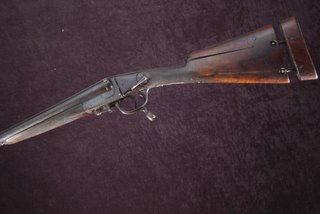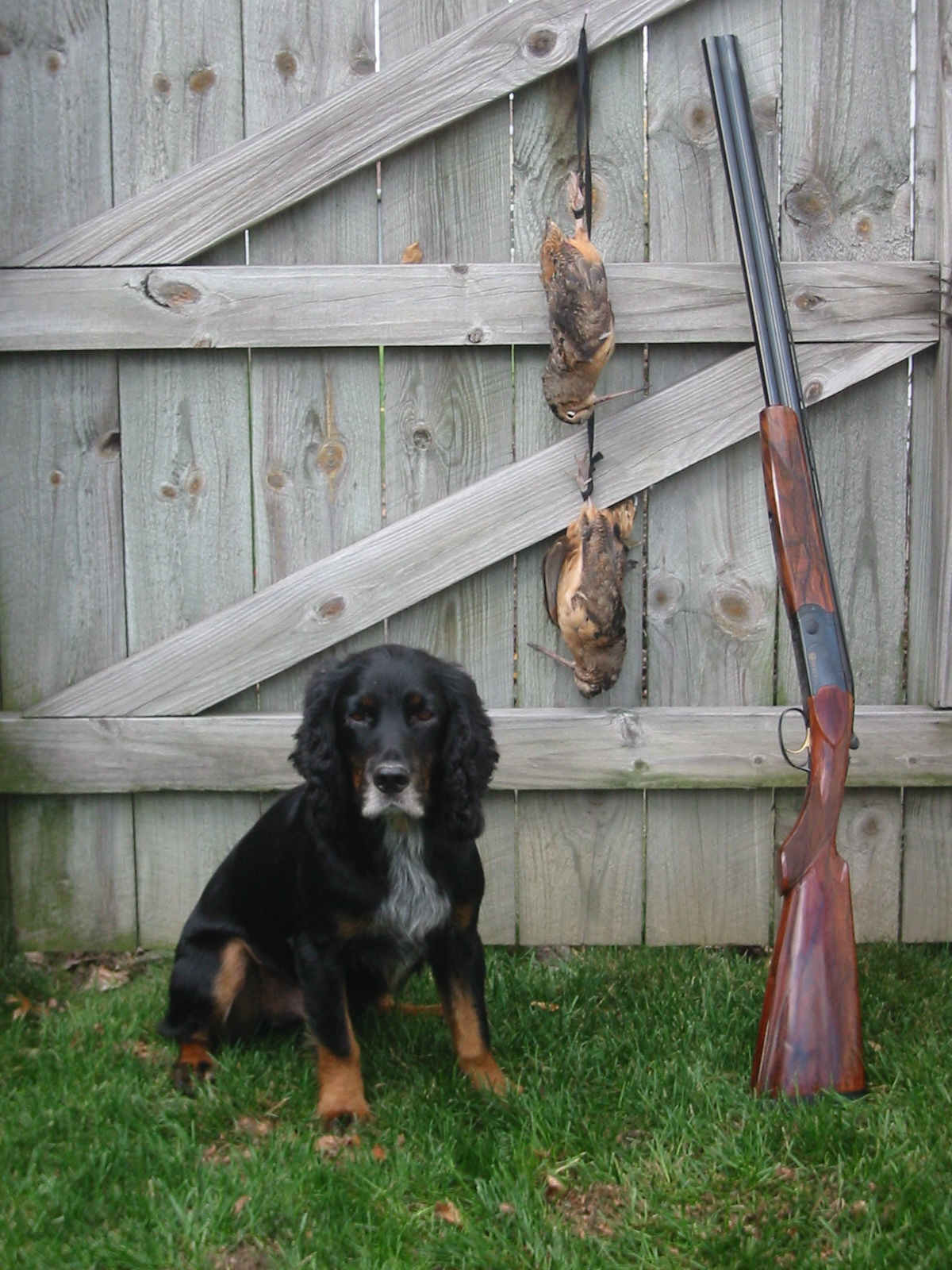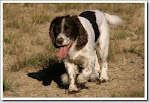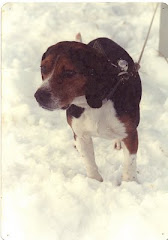
Gun Fit Basics
Ever notice that shotgun writers are forever obsessing about "fit" while you may never find that word referenced in writing about rifles? A rifle that shoots high or low, left or right can readily have its impact point corrected by moving the rear sight. Since there is no physical sight on an upland shotgun, it has to be invented by placing the dominant eye - that's the right eye for me and other right handed shooters, and I'll stick to that frame of reference here - consistently over the centerline of the gun's barrel or barrels, and consistently at just the right height. Experienced shotgunners can accomplish this by fine tuning their guns' length of pull, drop, cast and pitch.
Before I talk just a little about these four variables, let me emphasize the importance of the term "experienced." If you're a newer shotgunner and haven't considered, practiced and grooved the moves you make when mounting your gun in acquiring a moving target, then your lack of consistency in locating your dominant eye means that you, as yet, have no "perfect fit." Save your money, but spend your time grooving a good mount.
Getting back to those four gun fit variables, let's first collocate them by stating, perhaps obviously, that they all relate to the size and shape of the butt stock, traditionally the piece of wood held in the right hand. Length of pull is the distance from the trigger to the back of the butt. For the other three, let's first imagine shoving a broom stick down and, in our imaginations, through the back end of the gun's barrel or barrels. The drop of the stock measures its distance below the extended broom handle; the cast of the stock measures its distance right or left of the extended broom handle; and the pitch of the stock measures the angle - usually close to 90° - made between the extended broom handle and the line made when the sawyer cut the butt's rear end off.
A "try gun" as shown in the lead graphic is a simple break action gun that the customer is made to shoot at fixed and moving targets. The fitter notes the impact point of the shot cluster when the customer believes he has "centered one," and, through a series of adjustable joints, configures the physical dimensions of the butt stock to place the dominant eye right in the sweet spot. When this is achieved, the gun will shoot, in fact, "right where the shooter is looking," and the gun will be said to "fit."
What The Try Gun Doesn't Tell You
An experienced shotgunner can expect measurements for all four variables, accurate to about 1/8", from his "professional fitting." In 2006, this most likely costs somewhere in three figures. If the cost doesn't make you blink, good for you; but it's far from the worst of the news. First of all, there is no Grand Poobah of Gun Fitting who has set out The Standard And Immutable Table of Values for fellows of your size and shape. This means that your measurements from a fitter in Portland, ME, accurate to 1/8", might in no way match similarly "accurate" measurements from another fitter in Portland, OR.
Worse yet is what can happen after you actually - finally! - get "your perfect measurements." You know these measurements are sweet because of the way you effortlessly smash your targets as they pass left and right. But, as time marches on, your wondrously fitting gun becomes erratic, and seems to experience success rates as variable as the weather. What has happened? Part of the problem is, in fact, the weather. You were wearing, well, whatever you were wearing when the fitter measured you. When you're out shooting on days hotter or colder or wetter than the fitter's studio, you change your inner and outer wear accordingly, effectively making you larger or smaller than the fellow who paid for the fitting. With the addition of a garment a bit bulky here, a tad stiff there, your perfect fit has gone down the drain. The other part of the problem sometimes comes with the passage of time. You lose weight - ha! - or gain weight, in your face, or chest, or variously; or your neck loses some of that youthful flexibility. The result is a needed change in one or more of the formerly "perfect measurements." Or, if you are fortunate and nothing changes but your preferences, you may decide that you need to replace the butt plate with a recoil pad, or that you just must have one of those little leather "pot holders" that the Brits slip over the fore end of their pricey side by sides. This, too, can hurt fit, specially if it had been pretty good to begin with.
So there you have it. A shooter shouldn't even consider a gun fitting until he has begun to groove a decent mounting move. Once he has, the fitter he chooses - and don't get me wrong, there are some good fellows doing this - will not even have had an opportunity to become licensed in his profession. Finally, once a shooter "gets his numbers right," it's unlikely they'll stay the same over a 25 year shooting career. Sort of takes some of the magic from the ads promising you a "perfect fit" through a try gun fitting, eh?
Nothing Succeeds Like Excess
What should you do? Many shooters buy, sell, trade, borrow and sample several guns over their shooting careers. When I say "several," that's what we tell our wives, if you follow. In this course of transactions, we occasionally find that a particular gun is very dependable in a certain regime of shooting. We either kill 35 yard ducks stone dead with it in our cold weather gear; or hammer woodcock in the pleasant weather of October; or maybe score consistently well on clays during the off season. Here is the mistake we too often make. One bad day - sometimes even one bad miss - sours us on that gun, and we make haste to get it out of our safe pronto. Don't do it!! It says here that a shooter's safe is best filled with several proven "niche" guns of whatever price, configuration and dimension, acquired after the shooter has begun to develop a sound mounting move. And don't even think about finding that one magical gun that "does it all;" it's mythical, not magical, most likely the peevish concoction of some seasoned bride with one too many dogs to feed and all too few party dresses.

"A Great Collection: Guns That Deliver On Your Favorite Game"










